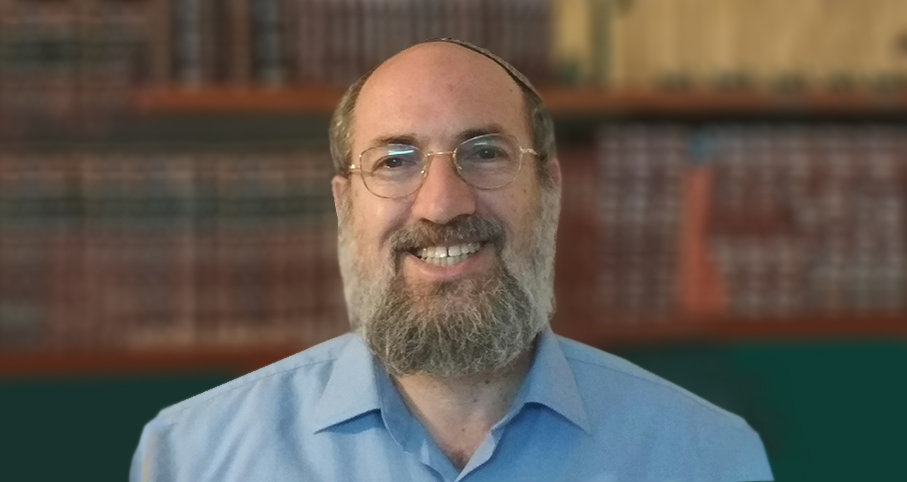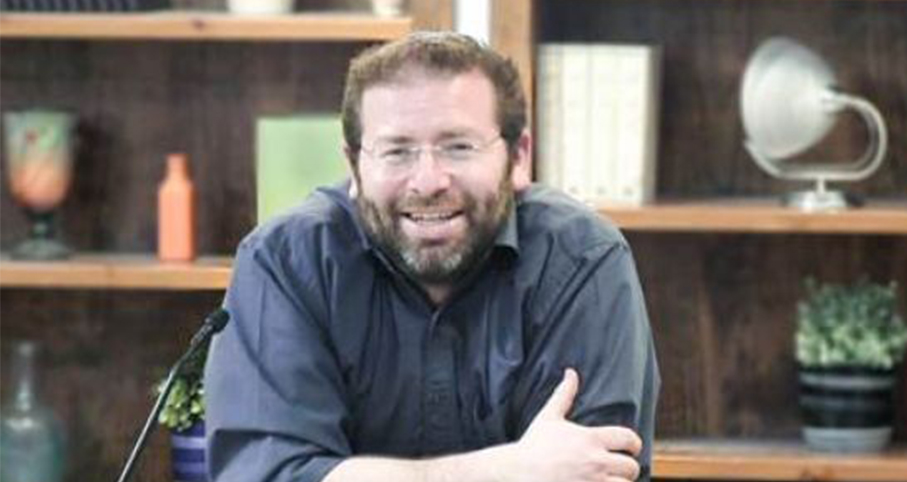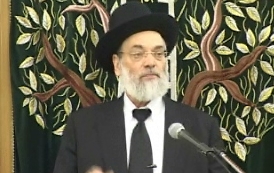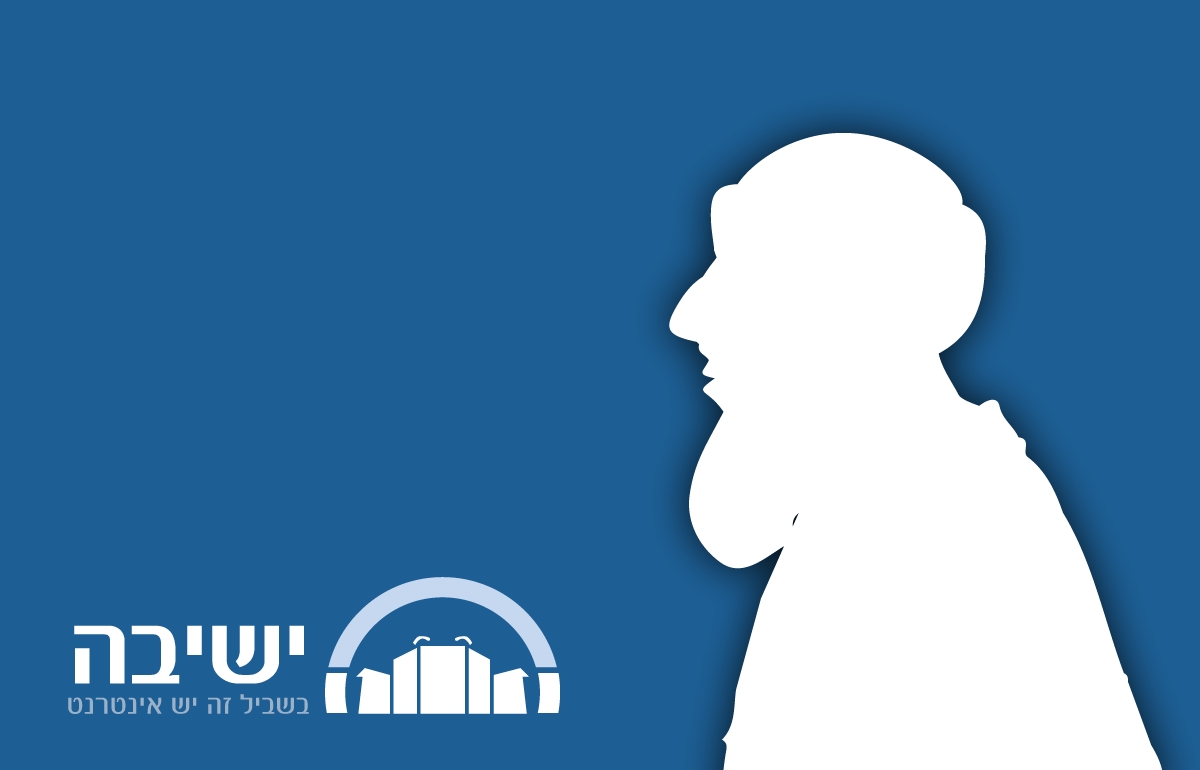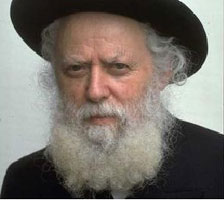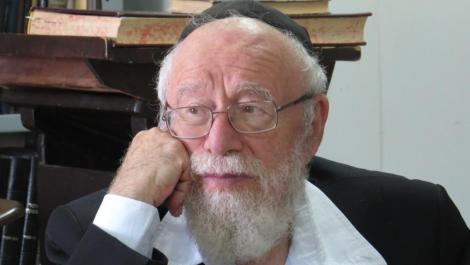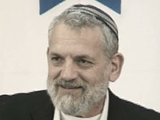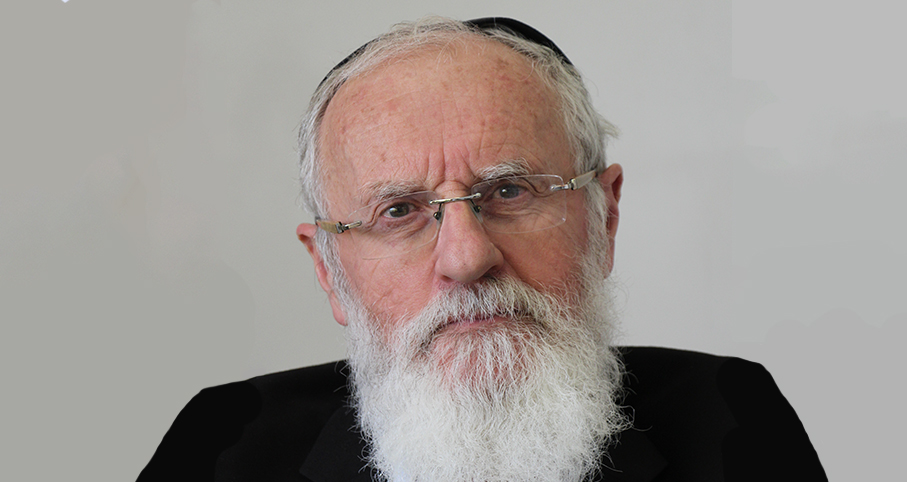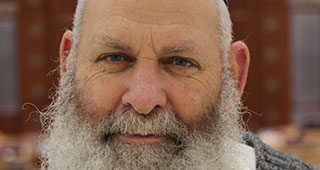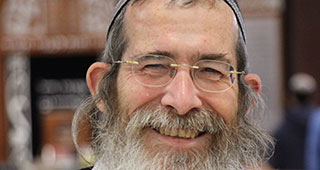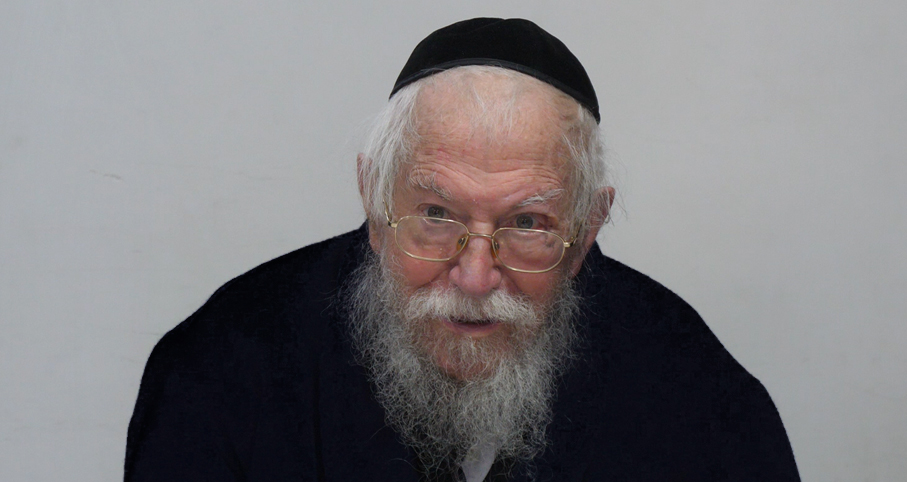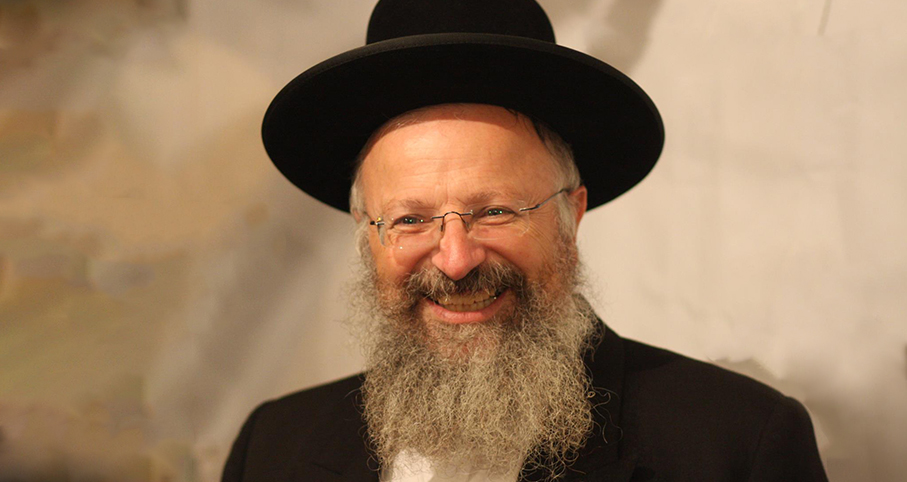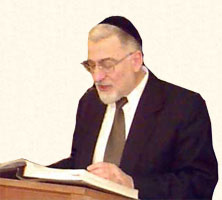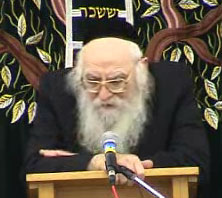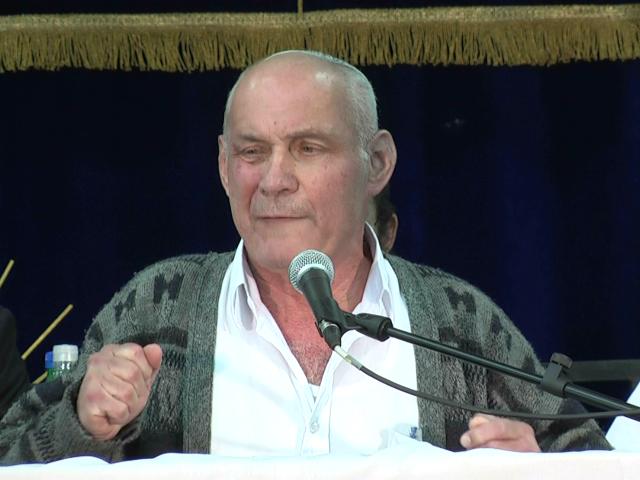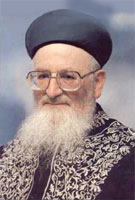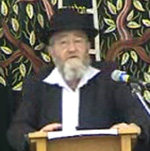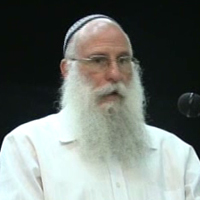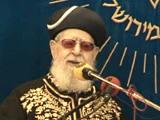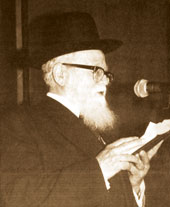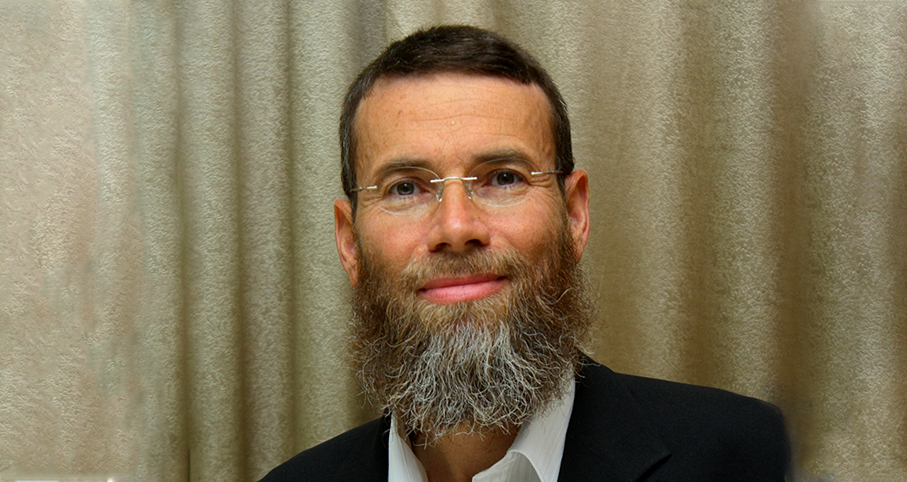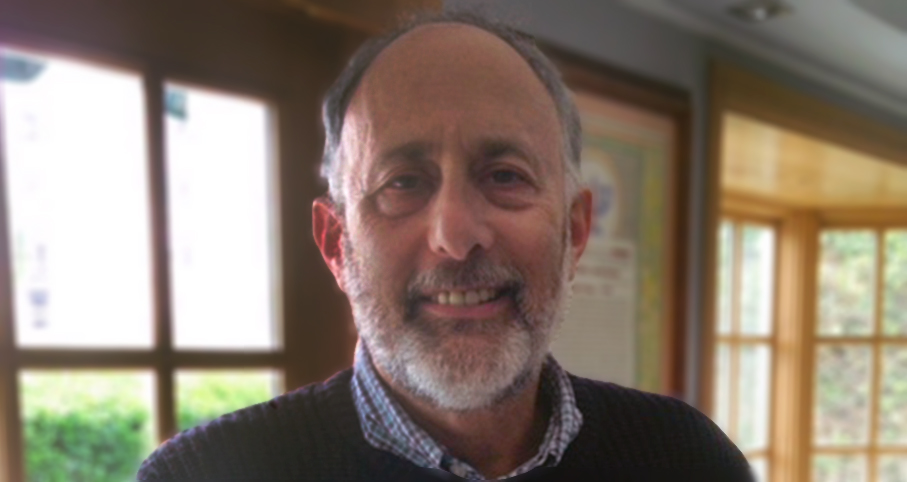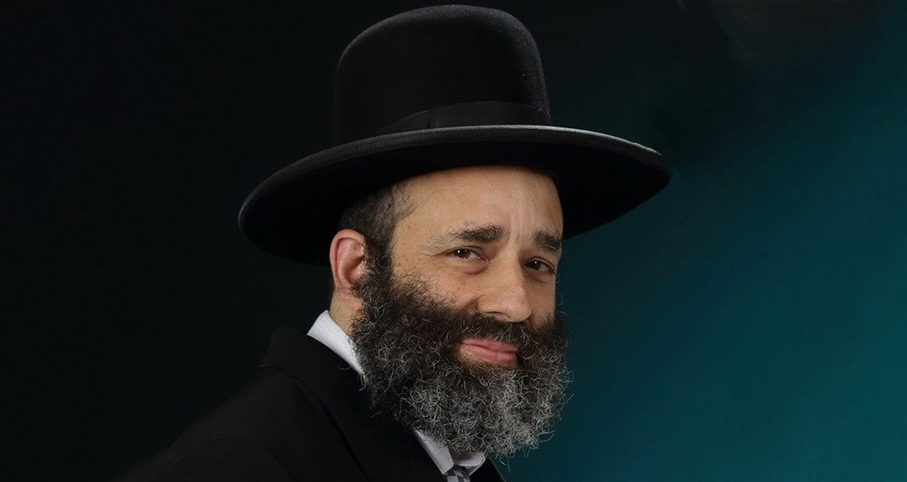Beit Midrash
- Shabbat and Holidays
- Jewish Holidays
- Jerusalem Day
The Torah study is dedicatedin the memory of
Asher Ben Haim
In 1967, the Jews in the Land of Israel, and indeed, the State of Israel itself were in grave danger. Threats of war were coming strong and fast from all sides, and it really did not look like the young State of only nineteen years would survive the inevitable attack.
Jews around the world were concerned for their fellow Jews in Israel. The Jews of Israel were worried, the soldiers and the officers were worried. Even the politicians were worried. So much so that the Prime Minister and Defense Minister, Levi Eshkol, appeared on television to talk to the nation and to calm them. Instead of calming them, however, he stuttered and gave the impression of breaking down in front of the nation. The situation was grave.
On Monday, June 5, 1967, in a pre-emptive strike, the Israeli Defense Force attacked the airforces of the Egyptian, Syrian, and Jordanian armies, destroying them and winning the battle. This was the start of the Six-Day War, a great victory for the IDF and for the State of Israel.
After this initial victory the Israeli forces pushed forward, capturing more and more territory. This was not part of the original plan of action. No one had discussed capturing Hebron, Shechem, or the Eastern portion of Jerusalem, but this is exactly what happened.
On the second day of the war paratroopers entered the Old City of Jerusalem that up until then had been controlled by the Jordanians. Until then the Old City had been separated from the new section of the city. Jews were not allowed to enter freely into the Old City. Nor were they allowed to pray unhindered at the Western Wall, the only remnant of the original Temple site.
The young soldiers advanced and eventually captured the Western Wall, the Kotel itself. The immortal words came over the field radio: "Har haBayit beyadeinu," "The Temple Mount is in our hands."
The young paratroopers who witnessed this event cried tears of joy, tears that even they could not explain. Their tears are captured forever in a famous picture of paratroopers crying next to the Wall, near the site of the Temple, the holiest place for Jews.
That day was the 28th of Iyar, and it was later established as Yom Yerushalayim, Jerusalem Day, the day that celebrates the re-unification of the new and old city of Jerusalem.
Whose Festival?
It is true that Jerusalem Day was established as a holiday and a day of celebration, but it is interesting to note who celebrates the day.
The major celebration of Yom Yerushalayim, Jerusalem Day, is an evening gathering at Yeshivat Merkaz HaRav, the Universal Central Yeshivah. This is the yeshivah, the Talmudic academy, that was established by Rav Kook in Jerusalem. The yeshivah was designed to be the institution that would raise a new generation educated in the ways of Rav Kook. From the yeshivah went out the word of the Rav to the entire world; many of its students today are prominent rabbis, teachers, and politicians, others are successful in a host of other professions.
Many hundreds, even thousands, gather at the yeshivah, the crowd spilling out onto the pavilion outside. They listen to speeches by rabbis of the Religious Zionist camp as well as political leaders, recounting the victory and the importance of the unification of Jerusalem. The Prime Minister is often in attendance and is asked to address the assembly. The President appears, as does the Chief of Staff and other important figures. Most of the latter group are not religious, but they come and are asked to speak in the yeshivah in honor of Yom Yerushalayim.
The speeches end late at night, and then the crowd empties out of the yeshivah and fills the streets surrounding the building in the neighborhood of Kiryat Moshe in Jerusalem. An all-night procession makes its way to the Old City and to the Kotel. Prayers are recited there and the whole ceremony concludes with early-morning Shacharit at the Western Wall.
In recent years other yeshivot in Jerusalem have copied this model and hold their own celebrations in a similar style to that of Merkaz HaRav. The following day a procession fills the streets of Jerusalem with lots of singing, dancing, and flag waving.
If one looks at the mass of people who are involved in these activities one community is very prominent if not almost exclusively represented: that is the kippot haserugot, the crocheted skullcaps of the Religious Zionists. These young men and women, who combine Torah study with a devotion to the State of Israel, who serve in the Army and dedicate time to national service while maintaining strict religious standards, are the main celebrators of Jerusalem Day.
We could ask, why is this the case? Surely, the re-unification of Jerusalem is a cause for celebration among all Jews, religious or not. Whether one wears a knitted kippah, a black hat, or no head covering at all, we all appreciate the importance and relevance of the Holy City. Why do we not see the black-hatted community, or the secular Zionist community taking a more active role in the celebration of Yom Yerushalayim? After all, it was the secular soldiers who fought and recaptured the Old City of Jerusalem back in 1967.
I believe that the answer to this question is neither irrelevant nor coincidental. Rather, it represents something that is essential and lies at the core of the Religious Zionist experience. Jerusalem Day appeals to the Religious Zionist like no other. This is tied up very closely with Rav Kook’s explanation of the difference between Zion and Jerusalem.
Between Zion and Yerushalayim
The prophet Yeshayahu declared, "The Torah will come out from Zion and the word of God from Jerusalem" (Yeshayahu 2:3). In this verse two names are used for the city of Jerusalem and the site of the holy Temple. In the first instance the prophet referred to the place as Zion, and in the second he called her Jerusalem. Is there any difference between these two names or are they simply interchangeable?
Rav Kook suggested that there is a significant distinction between Zion and Jerusalem. Zion represents the physical building of the Land of Israel and the people of Israel. On the other hand, there is a spiritual urge that exists among the Jewish people. This spirituality is represented by the name Jerusalem.
The Jewish people survive by fusing together the purely physical element of our national persona with the more spiritual desire and ideals.1 It is true that there have been periods of our history when one or other of these ideals had the upper hand and was the major thrust of the nation. During the Second Temple period the Jews became very involved with the physical, often to the exclusion of the spiritual. During their long exile the Jews were often forced to ignore the physical and were denied the opportunity to own land and to translate the Torah into a living physical entity. At such times the Jews tended to retreat into a spiritual world that rejected the physical and became ascetic.
The interplay between the physical and the spiritual is a major subject of study in Judaism and always has been. It may often seem that the Jews have lost one or other of the elements, but in truth they are both present, although, at times, one may be eclipsed by the other.
Rav Kook taught that even in times when the Jews seem to be devoid of any spirituality, it stills lurks deep within them. It waits for an opportunity to be expressed, but it does not die; it simply lies dormant. Each and every Jew has a spark of that sanctity and spirituality. With some it is obvious, while for others it needs to be awakened and nurtured.
This is also the case for the entire nation throughout the generations. Rav Kook looked around at the irreligious, and often anti-religious, young people who were coming to live in the Land of Israel. Even though the land was unsettled and dangerous, they were prepared to leave other countries and come to build the Land of Israel.
Their banner was Zionism, the physical building of the Land. They spoke in terms of Zion; they worked in the fields, and they constructed houses. However, they ignored and even derided the spiritual. They rejected Jerusalem in favor of Zion.
Back to Jerusalem
Other rabbinic figures had seen what the Zionists were doing and criticized them for it. They were disturbed by their heretical ways and their rejection of religion. These rabbis reacted by rejecting Zionism and they warned their followers not to associate with these heretics.
Others were less severe but also saw no chance of challenging and changing the Zionists. They were satisfied to be Zionists and aligned to the Zionist camp, but were religious as well. However, for them, their religion was not the reason for their Zionism, nor did it prevent them from being members of the Zionist party and participating in their conventions. They lived compartmentalized lives; they were both Zionists and religious, but these were seen to be two separate entities.
Rav Kook rejected both these approaches. He saw Zionism, along with the Jewish people’s desire to return to Israel and establish a State there, as a religious duty. The Torah commanded us to live in the Land of Israel and that meant establishing a State and a political entity therein.
If it was a mitzvah, then everyone who was involved in doing so was performing a mitzvah, a religious act. This was the case whether the person recognized it or not. If so, then the anti-religious pioneers were performing a religious task and one of utmost importance, a mitzvah that encompassed many other mitzvot.
It was then imperative to teach the Zionists that this was the case, to educate them to recognize that Zionism was the realization of the prophecies recorded in the Tanach.
This was easier said than done. The Zionist conference had already declared that "Zionism has nothing to do with religion."2 Rav Kook set out to create an entire movement with one aim only. The movement would spread an understanding of the religious nature of Zionism. It would be a parallel movement that would breathe spirituality into the Zionist movement, and it would work in two directions. On the one hand, it would teach the Zionists themselves of the religious nature of their work. On the other hand, it would teach those that had rejected Zionism, out of religious fear of the Zionists, that Zionism was really part of the Torah and the performance of a mitzvah.
The new movement needed a name, and Rav Kook had no doubt as to what that name would be.
We all know that there is a movement, the flag of Zion, that rallies around it a portion of our people concerned with the Land of Israel. However, many of us did not join them, and many feel that they are incapable of joining them. I am not arguing whether they are right or not, but this is the reality.
But it is inconceivable that a large proportion of the nation, and specifically those who are more spiritual, should remain aloof from the wonders that are occurring during our time, and should not come to help the holy building of our nation in the Holy Land, due to external concerns that prevent them from doing so.
Therefore we are now raising the banner, the banner of "Jerusalem" that all religious Jews should come and join to gird themselves to build the Land of Israel according to the pure spirit of Israel (Ma’amrei HaRa’ayah, page 333).3
The new movement was to be called "Jerusalem" and it was to be the religious answer to Zionism. Zionism would be the physical arm and Jerusalem the spiritual arm of the return to Israel, the return to Zion, the return to Jerusalem.
Rav Kook spent the period that he was in Britain writing and lecturing on the subject of Jerusalem and his dream for this new movement. It was not intended to be a challenge to the Zionist movement but was to work in tandem with it. Many of Rav Kook’s letters of the period reflect his desire to establish the movement called "Jerusalem". Eventually even he was forced to admit that it was not to be. "I do not know whether it will materialize as I envisaged it. Maybe we should just establish a small office and others will join. Generally practical things have a problem when they try to express pure ideas" (Igrot HaRa’ayah, Volume IV, letter 1081).4
Building and Sanctifying
Not everyone agreed with Rav Kook’s assessment of the situation. Many felt that it was forbidden to be even tangentially associated with a movement like Zionism that was not pure and holy. It was inconceivable for them to see a secular state in the Holy Land.
Rav Kook justified his view by drawing on the Gemara that deals with the Temple. When the Beit HaMikdash was constructed, workmen who were not cohanim were allowed to enter the Holy of Holies to build it. However, it is well known that the only person who is allowed to enter this most holy of places is the Cohen Gadol himself, and then only on Yom Kippur. How could these simple workmen enter?
The Gemara itself answers, "First they would build and only later would they sanctify" (Me’ilah 14a). The Temple was constructed in a non-holy state to allow the building process to occur. Only later, when it was complete, could it be sanctified. In this way Rav Kook explained that initially the State will be established, and the next stage will be to breathe life and spirit into the building.5
Jerusalem Today
In 1967, when Jerusalem was re-captured and the Jews returned to the Kotel, there was a certain change in the nature of Israeli society. Suddenly there was a surge of Jewish pride that was seen both in Israel and throughout the world. Yeshivot were established for both men and women, Torah study was back in style. Even non-religious Zionists started to reassess the Zionist project and came up with a variety of conclusions. Zionism was imbued with a sense of purpose and even with a religiosity that it had previously not known. Maybe we could say that Rav Kook’s dream was partially realized, that Zionism had come closer to examining its holy roots.
The religious Zionist community is at the forefront of this movement. Members of the community serve in the army and are active in all walks of Israeli life, but they feel that the State is a religious entity and they treat it as such. It is not a coincidence that it is they who lead the celebrations on Yom Yerushalayim. For them this day is the realization of a dream, of having a physical State that is fused with a holy ideal.
On this day we not only celebrate a military victory, but we pray to God to thank Him for giving us the opportunity to serve Him in His and our holy yet physical Land.
--------------------
Rabbi Gideon Weitzman is the Head of the English Speaking Section of the Puah Institute for Fertility and Medicine in Accordance with the Halacha. He studied for many years in Yeshivat Beit El and teaches in various educational institutions.
This essay is taken from his second book, "In Those Days, At This Time - Essays on the Festivals Based on the Philosophy of Rav Kook." The book is available in bookstores or directly from the author. Contact him at [email protected]
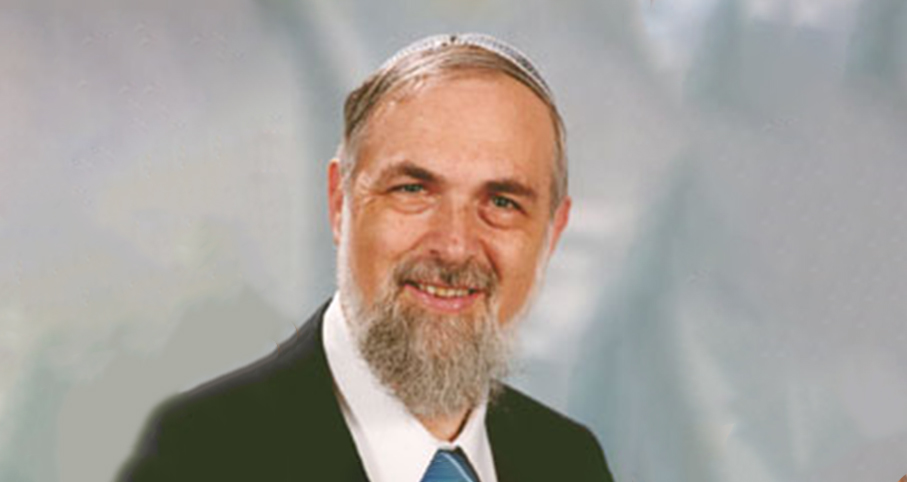
Yom Yerushalayim: First Kingdom, Then Temple
Rabbi Yossef Carmel | Iyar 26 5782
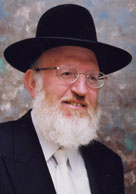
Jerusalem - Seek Her Out and Find Her
Rabbi David Dov Levanon | 5659
